Chemical signatures give away the distance to the farthest galaxy, which experts say defines the very boundary of the observable universe.


Chemical signatures give away the distance to the farthest galaxy, which experts say defines the very boundary of the observable universe.
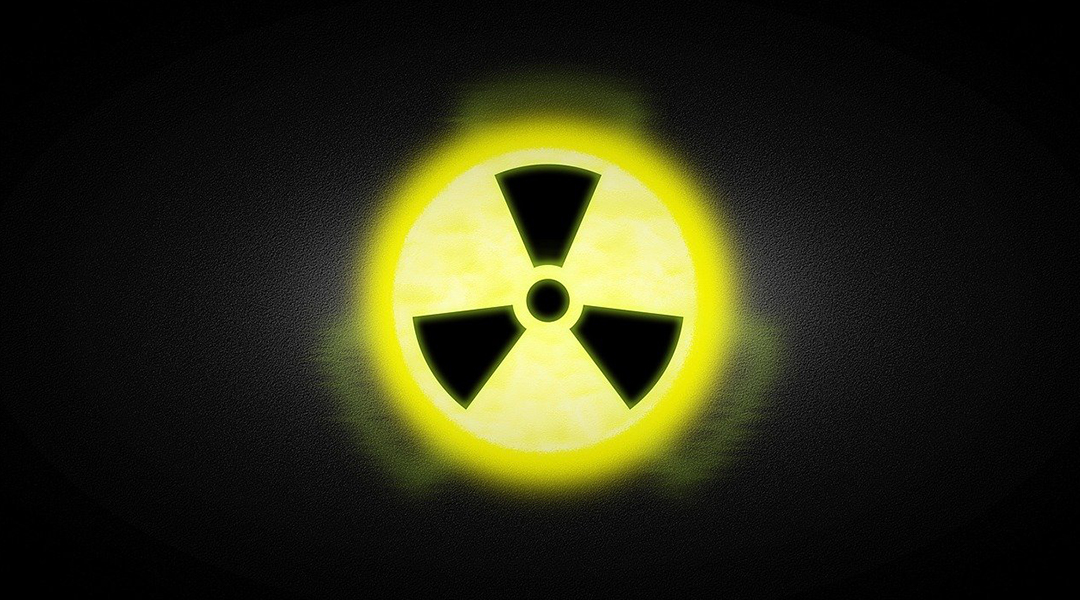
The process of detecting gamma rays causes serious damage to those detectors. Researchers have developed a large, self-healing crystal that might help to solve this problem.
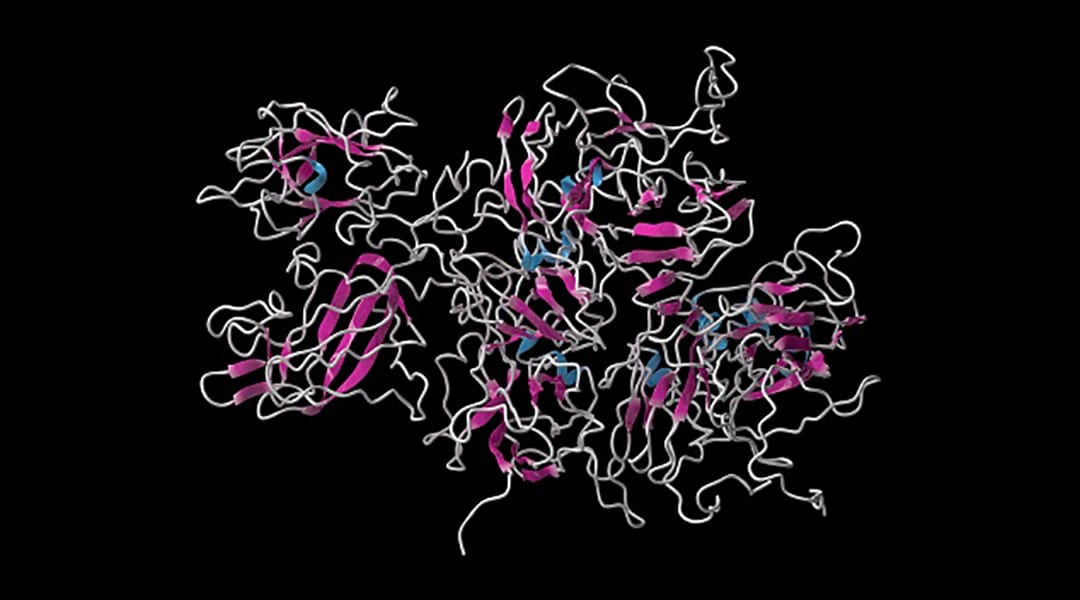
Using their deep-learning program, AlphaFold, researchers predict the 3D structure of proteins using only their linear amino acid sequence, revolutionizing computational biology as we know it.
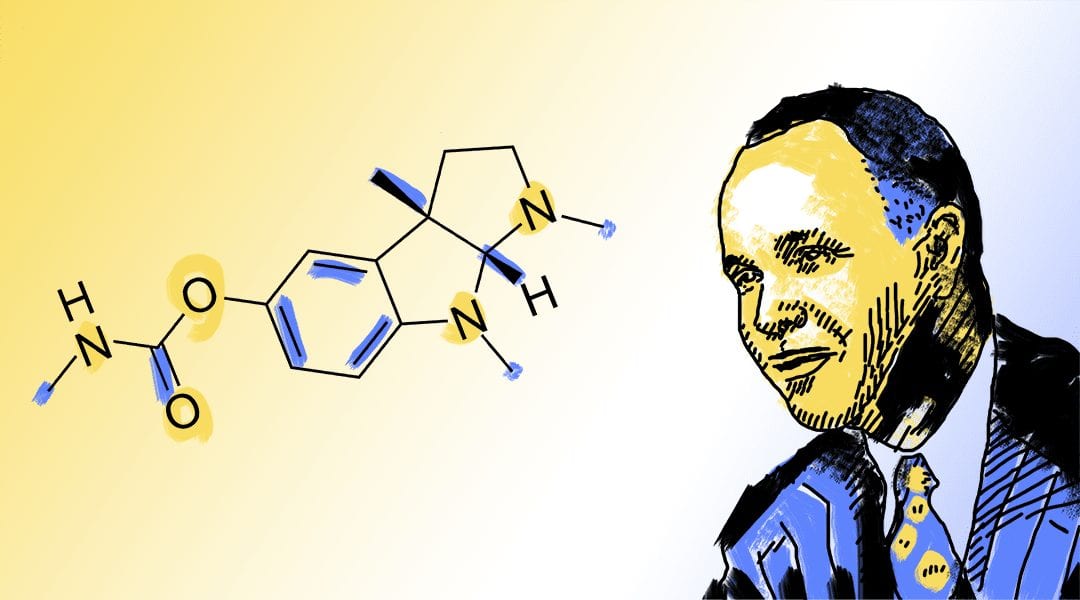
The world-renowned chemist and his struggle against a system of racial oppression.

Developments in pathogen-detecting materials could provide an easy means of detecting viruses within public places.
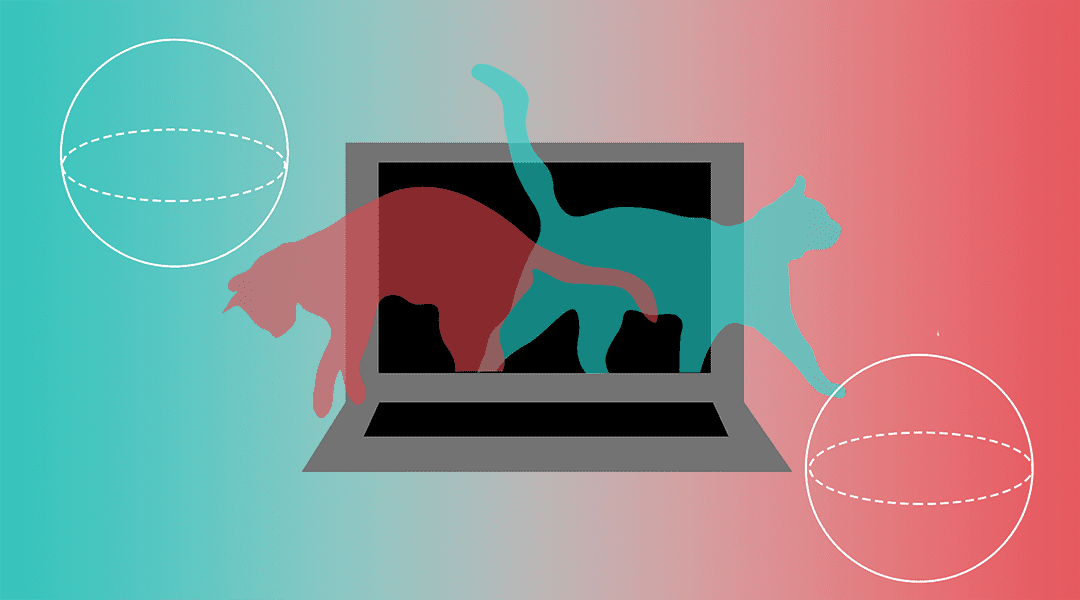
Computers relying on subatomic physics: what are quantum computers, and how will they revolutionize our computing abilities?
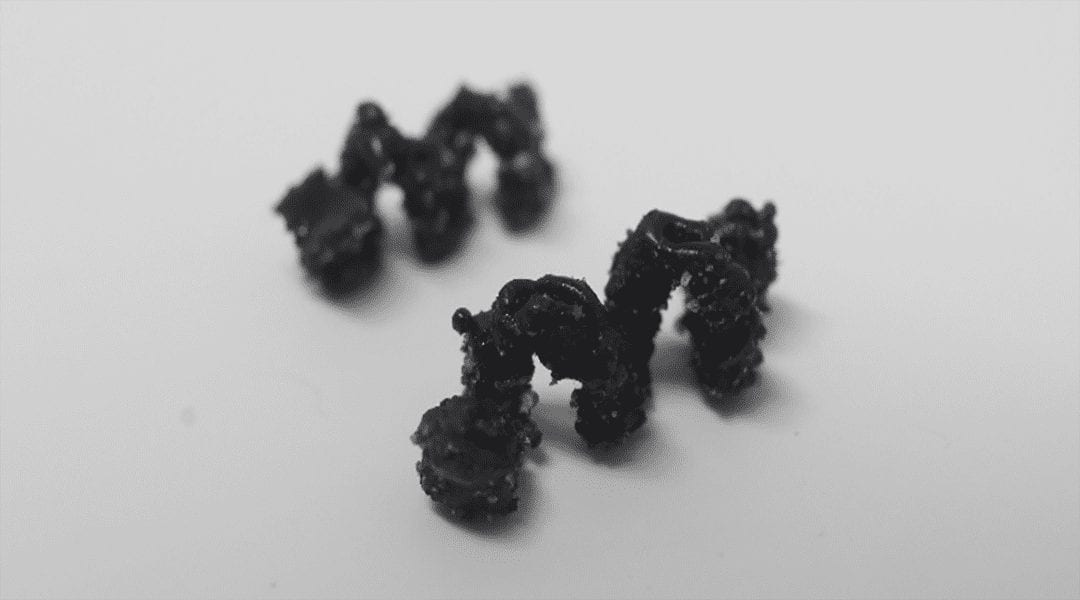
By mixing sugar and magnetic particles, researchers create biodegradable “CANDYBOTS” with potential applications in drug delivery and ingestible devices.

A low temperature water-splitting protocol uses microwave power in lieu of concentrated solar energy.

Creating versatile liquid marbles, stabilized with polymeric plates for more durability and broader applications.
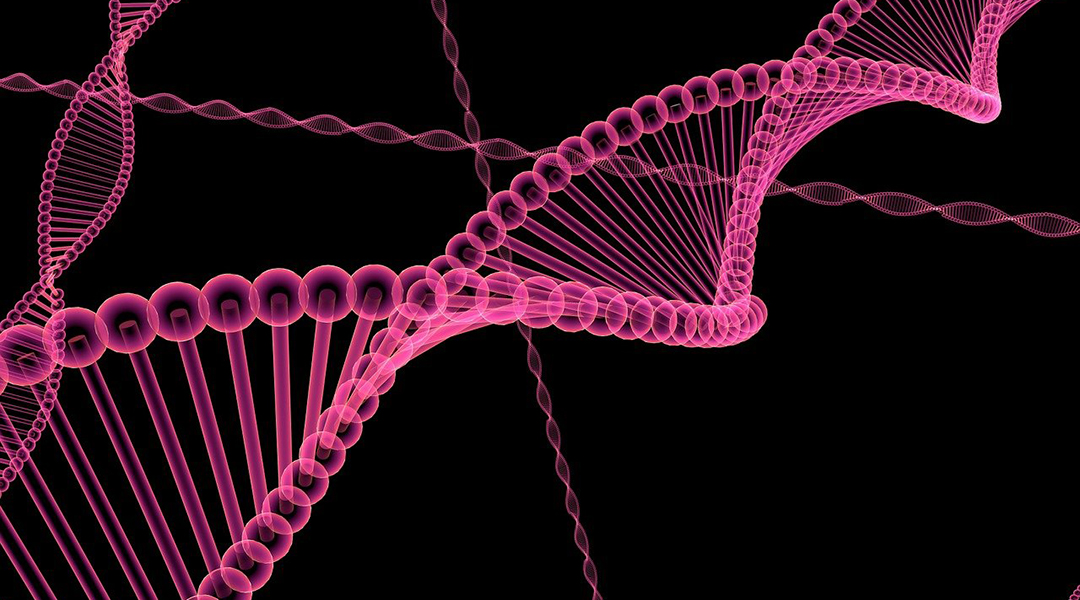
Complex 3D nanoscale architectures based on DNA self-assembly can conduct electricity without resistance and may provide a platform for fabricating quantum computing and sensing devices.